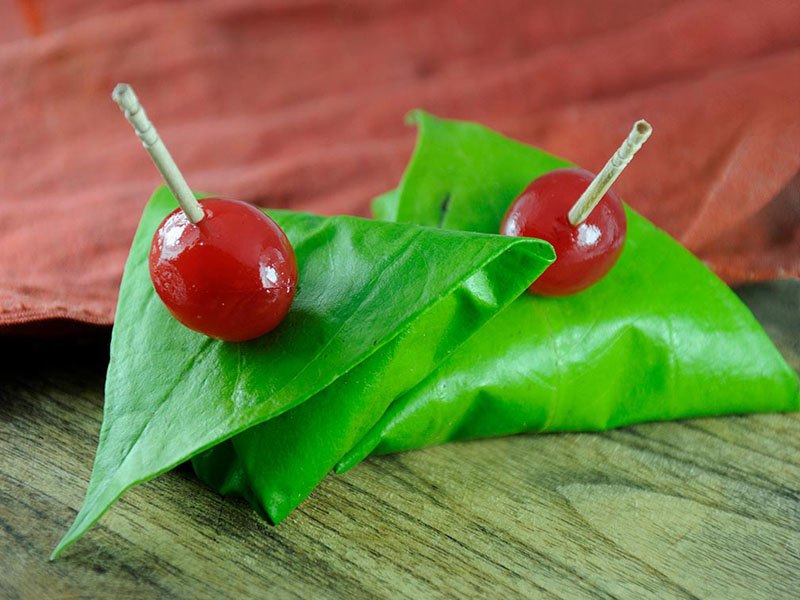🤔 How it works …….. ⁉
Why people prefer Paan🍃 after meals in Indian Traditional?
Paan 🍃has many variations. Slaked lime (chuna) paste is commonly added to bind the leaves. The betel leaf used to make paan has not only traditional uses but also health benefits.
According to Ayurveda, chewing paan after meals eases digestion as it increases secretion of digestive juices, reduces bloating of stomach, relieves constipation and destroys intestinal parasites
A typical paan contains coconut powder, gulkand (sweetened rose petals), cloves, saunf (fennel), and red katha paste. Other variants contain tobacco and areca nut, both of which are harmful and carcinogenic in nature and hence, should be avoided.
FAT BURNING: Since betel leaves are the main ingredient of paan, their chemical composition is helpful in fat loss. This is because eating paan can lead to increase in metabolic rate and hence, lead to weight loss
Betel leaves are nutrient packed with riboflavin, calcium, vitamin C and carotene. The components of paan such as rose petals, cloves, coconut powder and saunf are individually nutritionally strong and together make a healthy combination which can be consumed post-dinner or lunch. However, maintain a gap of at least 30 minutes between paan and your meal
😳Why❓❓❓
How thunder occurs in sky⚡⛈️🌩️
Heavier, negatively charged particles sink to the bottom of the cloud. When the positive and negative charges grow large enough, a giant spark – lightning – occurs between the two charges within the cloud. … Most lightning happens inside a cloud, but sometimes it happens between the cloud and the ground.
Thunder is caused by lightning. When a lightning bolt travels from the cloud to the ground it actually opens up a little hole in the air, called a channel. Once then light is gone the air collapses back in and creates a sound wave that we hear as thunder
💁🏻♂️ GK TODAY
VETO POWER COUNTRIES
The United Nations Security Council “veto power” refers to the power of the five permanent members of the UN Security Council (China, France, Russia, the United Kingdom and the United States) to veto any “substantive” resolution.
What is the full form of veto power? A veto (Latin for “I forbid”) is the power (used by an officer of the state, for example) to unilaterally stop an official action, especially the enactment of legislation.
 |
Ch Narmada Naveen Kumar |

